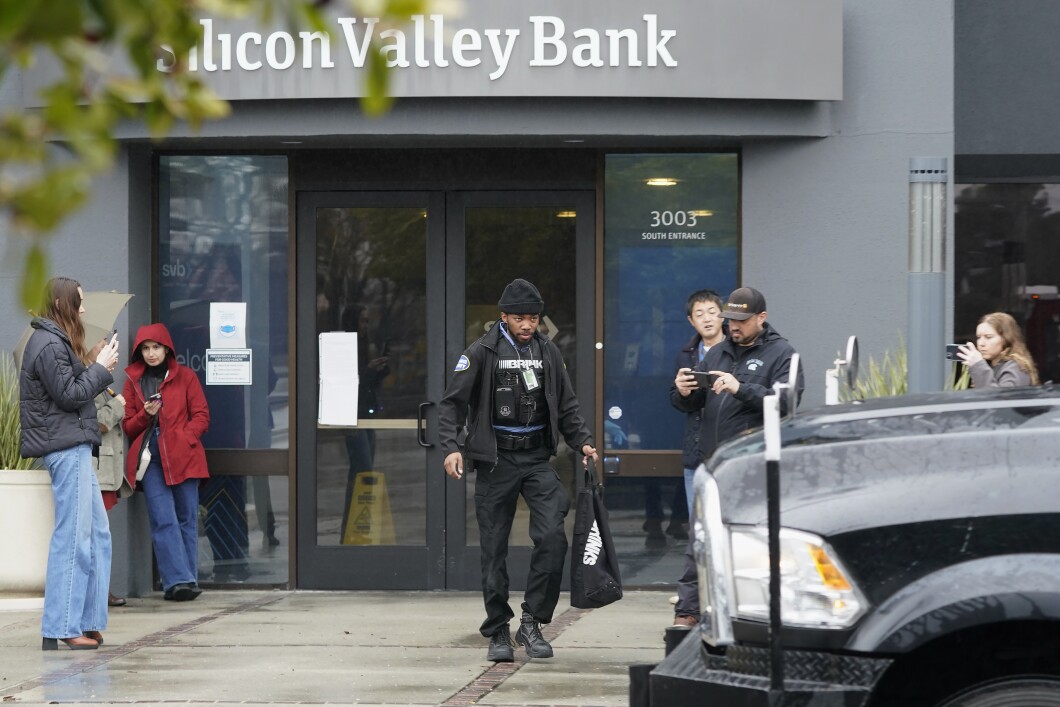The Federal Deposit Insurance Corporation announced Friday that they had closed down the California-based Silicon Valley Bank, the 16th-largest federally insured bank in the country.
Its remaining assets were moved to the newly created Deposit Insurance National Bank of Santa Clara. Prior to the closing, SVB had 17 branches located across California and Massachusetts. At the close of last year, the bank had roughly $209 billion in total assets and approximately $175.4 billion in total deposits.
SILICON VALLEY BANK SHUT DOWN BY REGULATORS IN MOST NOTABLE FAILURE SINCE 2008 CRISIS

SVB’s collapse represents the biggest bank failure since the 2008 financial crisis, which is notable because it appeared to be doing fine until recently.
What was Silicon Valley Bank?
SVB was a bank that primarily counted venture capital firms and technology startups as clients. It achieved financial stardom during the COVID-19 pandemic because major cash deposits from the booming firms increased its deposits from $60 billion in the first quarter of 2020 to over $200 billion in December 2022, the Wall Street Journal reported. Its securities portfolio rose from roughly $27 billion in 2020’s first quarter to approximately $127 billion at the end of 2021.
The fact that most of SVB’s assets were seemingly secure — they were mainly longer-term government bonds — led many investors to feel the bank was secure. Those feelings would be dashed in just two days. The bank suddenly announced Wednesday that it needed to raise over $2.2 billion, sending its stock plunging by more than 60% in a matter of days.
Why did the bank fail?
The government securities bought by SVB pay a fixed rate, so when market interest rates were raised, a gap began to grow between how much the securities were worth on the open market and what they were valued on the bank’s books. The unrealized losses in SVB’s securities portfolio in December had grown to more than $17 billion, a number expected to grow, as the securities could only be sold at a loss.
The emergency effort on Wednesday to save the bank failed, and it was declared dead on Friday.
CLICK HERE TO READ MORE FROM THE WASHINGTON EXAMINER
What impact has the collapse had on the wider economy?
The effect of SVB’s collapse was immediately felt among other large banks. First Republic Bank, PacWest Bancorp, Signature Bank, and Silvergate Capital Corp all faced significant hits from the fallout.
Though the true impact of the collapse may not be felt for some time, it raises questions as to which banks are misjudging the cost and lifespan of their deposits, as SVB did, and of the yield and duration of their assets, the Wall Street Journal reported.



